Leaf Spot on PJM
upstategirl_zn5
17 years ago
Related Stories

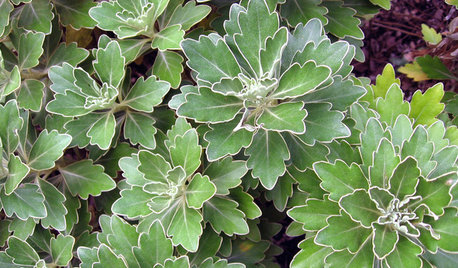
BLUE AND GRAY FOLIAGE6 Stunning Silver-Leaf Plants
Bring luster to your garden with these shining examples of silver plants for both sun and shade
Full Story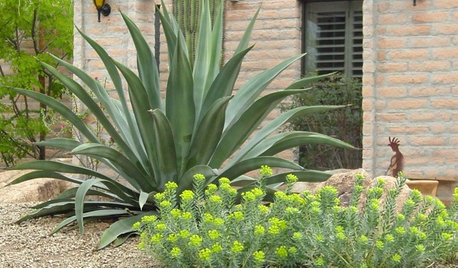
GARDENING GUIDESHow to Spot a Drought-Tolerant Plant
Label? Who needs a label? Learn the characteristics of plants that can thrive in hot, dry conditions to help you pick the right ones
Full Story
HOUSEKEEPINGOut, Darn Spot! Tips for Removing Carpet Stains
Know the right solutions and when to use them to prevent stains from pets, soda, chocolate, blood and more
Full Story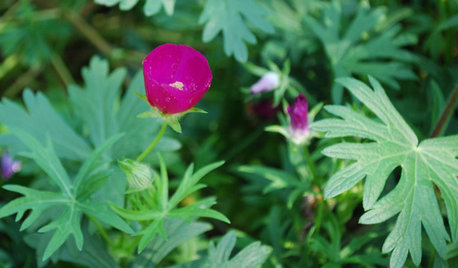
GARDENING GUIDESGreat Design Plant: Callirhoe Involucrata Wakes Up Hot Garden Spots
Give a dry and sunny garden a jolt of violet-pink color summer to fall — and watch bees and butterflies flock to the nectar
Full Story
GARDENING GUIDESHow to Fix Bare and Yellow Lawn Spots
Restore your turf’s good looks by reseeding unsightly patches
Full Story
GARDENING GUIDES6 Native Ground Covers for Tough, Dry Spots
Sun beating down on your sandy gravel? Thick shade darkening your clay soil? There’s a ground cover here for you
Full Story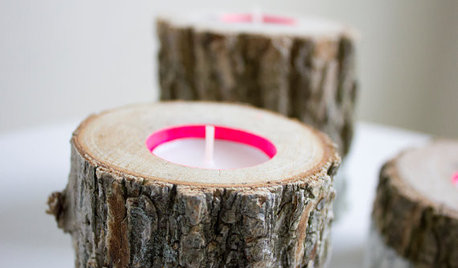
PRODUCT PICKSGuest Picks: Have a Spot of Tea Lights
Set your home aglow with these pretty, rustic, modern and creative tea lights and holders
Full Story
TRIMShutter Cutouts: A Window to One's Soul?
To settle on the perfect shape for this simple detail, follow your heart — or diamond, or maple leaf
Full Story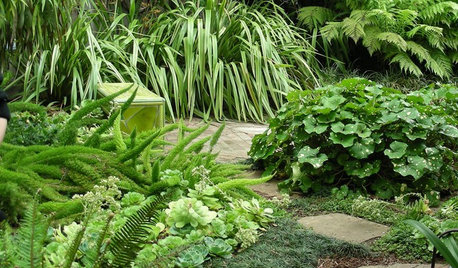
PLANTING IDEAS8 Sumptuous Shade Garden Plant Combinations
Enjoy these plant combinations made for spots with varying levels of shade and different garden zones
Full Story





rhodyman
Violet_Z6
Related Professionals
Tomball Landscape Architects & Landscape Designers · Wakefield Landscape Contractors · Berkeley Heights Landscape Contractors · Brooklyn Park Landscape Contractors · Euclid Landscape Contractors · Gloucester Landscape Contractors · Goodlettsville Landscape Contractors · Leicester Landscape Contractors · Lynchburg Landscape Contractors · Maywood Landscape Contractors · New Braunfels Landscape Contractors · North Richland Hills Landscape Contractors · Wanaque Landscape Contractors · Westchester Landscape Contractors · Eastlake Landscape Contractorsbotann